Introduction to Keyboard Types
Keyboards are essential tools for computers and come in various types. Understanding the main types helps to choose the right one for your needs. The two popular keyboard types are membrane keyboard and mechanical keyboard. They differ significantly in design, typing experience, and other factors. Let’s delve into each type to understand them better.
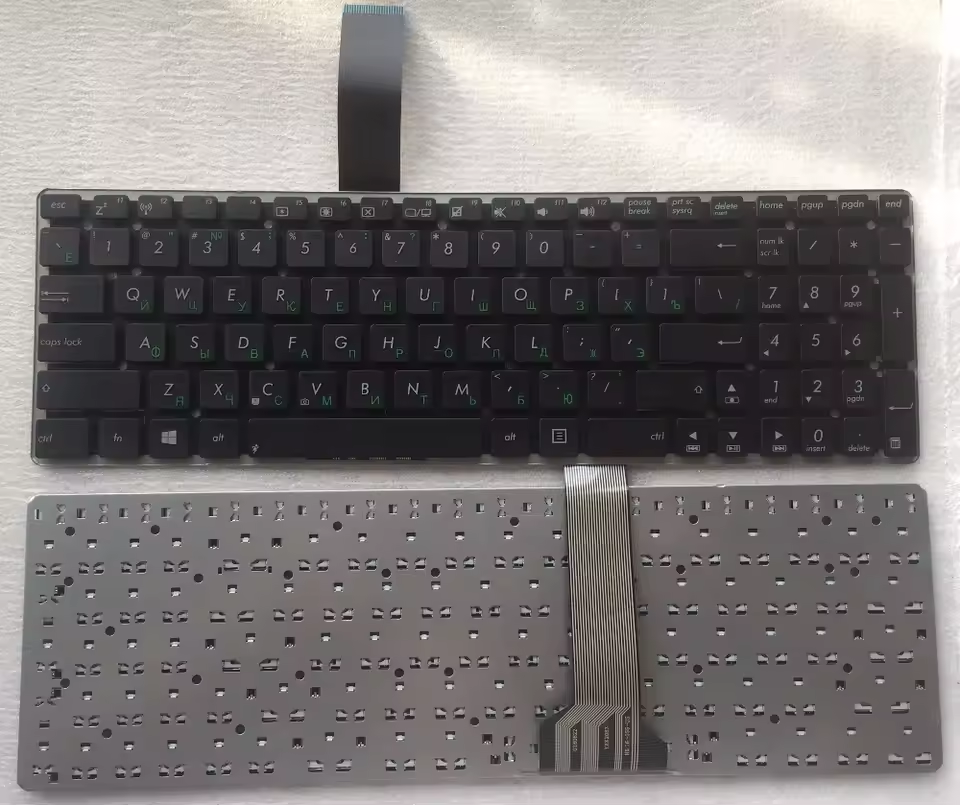
What Are Membrane Keyboards?
Membrane keyboards use a rubber or silicon membrane to register key presses. They are lightweight and compact in design. These keyboards rely on pressure to make electrical connections. This results in soft key presses and quieter operation. Membrane keyboards are commonly found in laptops and affordable desktop keyboards. Many users prefer them for basic tasks and general computer use.
What Are Mechanical Keyboards?
Mechanical keyboards have individual switches under each key. These switches use physical components to detect key presses. This design offers tactile feedback and audible sounds. Mechanical keyboards are heavier and sturdier than membrane keyboard. They are favored by gamers, typists, and enthusiasts for their precision and reliability. The keys can be customized, allowing users to tailor their experience.
Differences in Design and Build
Understanding the design and build of keyboards is key when comparing membrane and mechanical types. Each keyboard type has unique components that shape their functionality and appeal.
Components of Membrane Keyboards
Membrane keyboards have a simple, compact setup with three main layers:
- Top Layer: This layer holds the keycaps, which include printed letters or symbols. It often features a flexible sheet covering all keys to reduce movement noise.
- Middle Layer: This is the heart of the membrane system. It includes a rubber dome or silicon membrane that registers key presses when compressed.
- Bottom Layer: The lower conductive layer establishes an electrical signal for key recognition. This triggers the input to the computer.
Membrane keyboards thrive on their lightweight design and inexpensive build. The pressure-based mechanism offers soft key presses, ideal for quieter environments.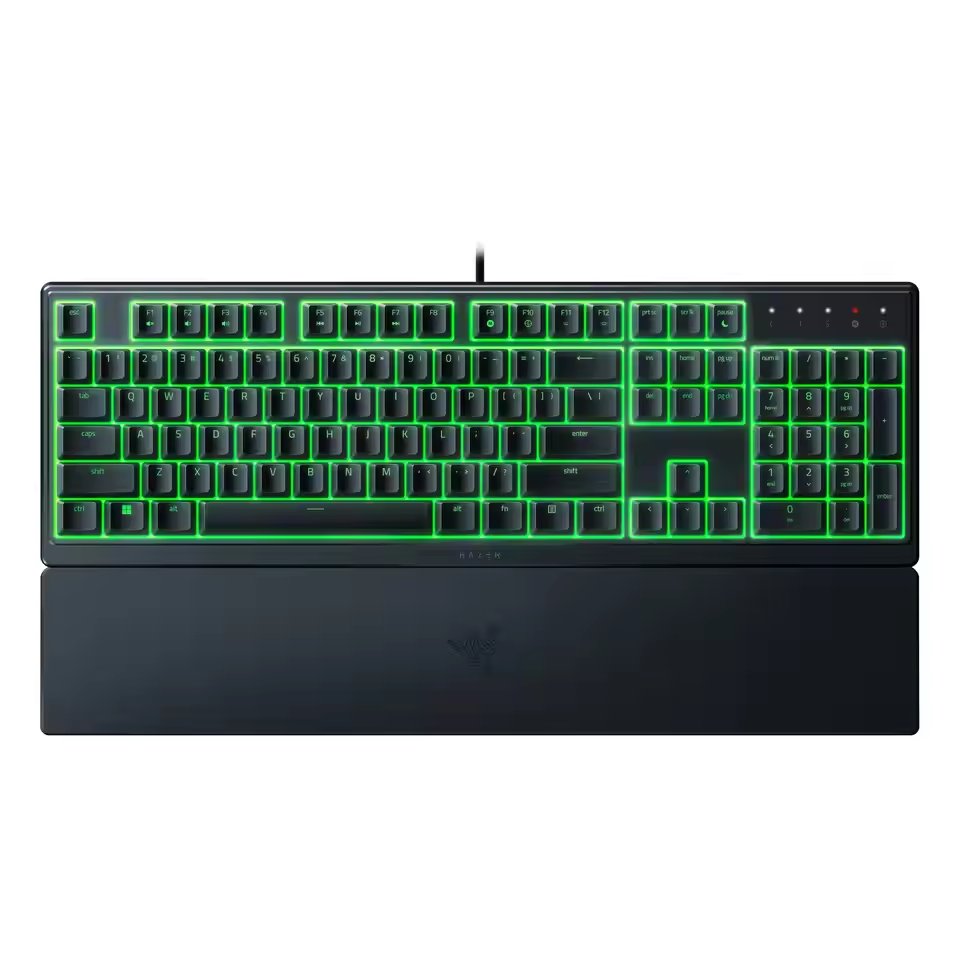
Components of Mechanical Keyboards
Mechanical keyboards consist of durable, individual switches beneath each key:
- Keycaps: These visible elements are placed above the switches and can be easily swapped for customization.
- Switches: Each key has its own mechanical switch, made of a stem, housing, and spring. These switches determine the tactile feel, sound, and actuation force of the keyboard.
- PCB (Printed Circuit Board): This component connects the switches to the computer, enabling accurate input detection.
- Plate: The metal or plastic plate beneath the key switches provides stability and durability.
Mechanical keyboards are heavier and more robust, often preferred for precision and customization. They provide tactile feedback and audible clicks, enhancing the overall typing or gaming experience.
Each keyboard type reflects its design priorities, catering to distinct user preferences.
Typing Experience: Membrane vs Mechanical
Typing experience varies significantly between membrane and mechanical keyboards. These differences play a key role in choosing the right keyboard. Let’s explore the key aspects that define their typing performance.
Key Press Mechanics
The mechanics of key presses differ between membrane and mechanical keyboards:
- Membrane Keyboard: These keyboards use a rubber dome or silicon membrane beneath the keys. You need to press the key fully to register input. The soft presses result in a less tactile feel. The lack of individual switches makes them quieter but less precise.
- Mechanical Keyboard: Each key has its own switch, allowing for quick and accurate input registration. You don’t need to press the key fully for it to activate. The tactile feedback makes typing feel responsive and satisfying. This precision is why gamers and typists often prefer mechanical keyboards.
Sound and Feedback Comparison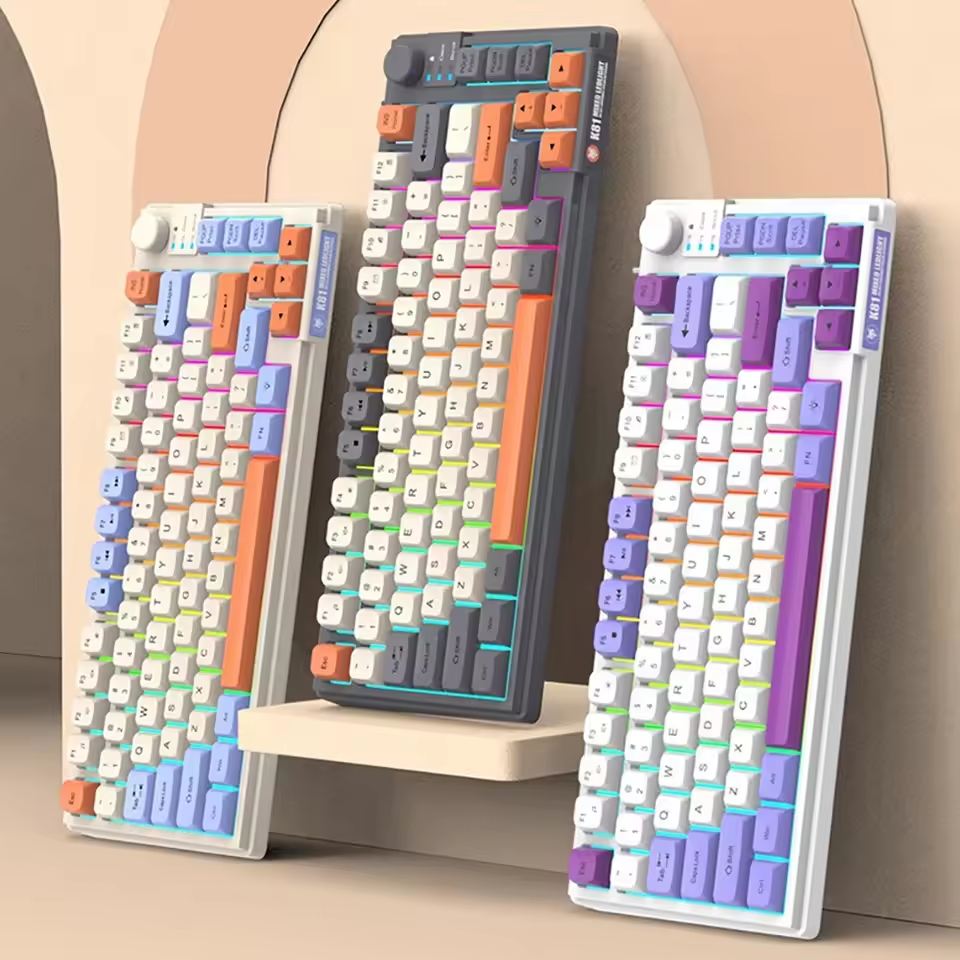
Sound and feedback are key factors for many users:
- Membrane Keyboard: These keyboards produce minimal sound when typing. The soft press mechanism reduces noise, making them ideal for quiet environments. However, they lack the distinct feedback that some users prefer.
- Mechanical Keyboard: Mechanical keyboards are known for their clicking sounds. The type of switch used influences the noise level. For example, blue switches are loud, while red switches are quieter. The tactile sound and feedback improve typing accuracy and enjoyment.
In summary, membrane keyboards offer quieter typing suitable for general use. Mechanical keyboards provide precise and tactile typing for professional or gaming purposes. Understanding these differences helps you select the right option for your needs.
Durability and Lifespan
Durability plays a critical role in selecting a keyboard. Understanding how long a keyboard lasts helps users make informed choices. Membrane and mechanical keyboards differ significantly in lifespan and resilience.
How Long Do Membrane Keyboards Last?
Membrane keyboards generally have a shorter lifespan. They are designed for casual and basic use:
- Keypress Limit: These keyboards can handle around 5 to 10 million key presses per key. Prolonged typing or high usage could wear them out faster.
- Materials and Build: Membrane keyboards use lightweight materials like rubber domes, which degrade over time. Continuous pressing weakens the material, affecting key responsiveness.
- Usage Factors: Heavy use or exposure to dust and spills can further shorten their lifespan. Routine cleaning and cautious handling may extend their usability slightly.
Longevity of Mechanical Keyboards
Mechanical keyboards are built to last longer. Their design prioritizes durability and consistent performance:
- Keypress Durability: Many mechanical keyboards boast 50 to 100 million key press lifespans per key. This makes them ideal for heavy usage, such as gaming or professional tasks.
- Robust Components: Each key’s individual switch is made of sturdy materials like metal springs and housings. These components resist wear and maintain performance over time.
- Customizable Maintenance: Parts like keycaps and switches are replaceable, further extending the keyboard’s usability. Proper care significantly adds to their longevity.
In summary, membrane keyboards suit casual users looking for affordability and light usage. Meanwhile, mechanical keyboards are ideal for those who value reliability, durability, and long-term performance.
Cost Analysis
Understanding the cost of membrane and mechanical keyboards helps users make informed purchasing decisions.
Price of Membrane Keyboards
Membrane keyboards are generally more affordable compared to mechanical ones. Their simpler design and materials contribute to lower production costs. Prices typically range from $10 to $50, depending on the brand and features. Budget-friendly options dominate this category. Advanced membrane keyboard with added features, like RGB lighting or programmable keys, may cost slightly more. These keyboards are ideal for users seeking cost-effective solutions for basic computer use.
Cost Factors of Mechanical Keyboards
Mechanical keyboards are often pricier due to their premium components and construction. Prices for mechanical keyboards start at around $50 and can exceed $200 for high-end models. Key factors influencing the cost include:
- Switch Type: Different switches, like Cherry MX or Gateron, vary in quality and price.
- Build Quality: Keyboards with metal plates and durable switches cost more.
- Customizability: Hot-swappable switches or personalized keycaps increase the price.
- Brand Reputation: Well-known brands often charge a premium for reliability and features.
Mechanical keyboards serve users willing to invest in long-lasting, customizable, and high-performance typing solutions.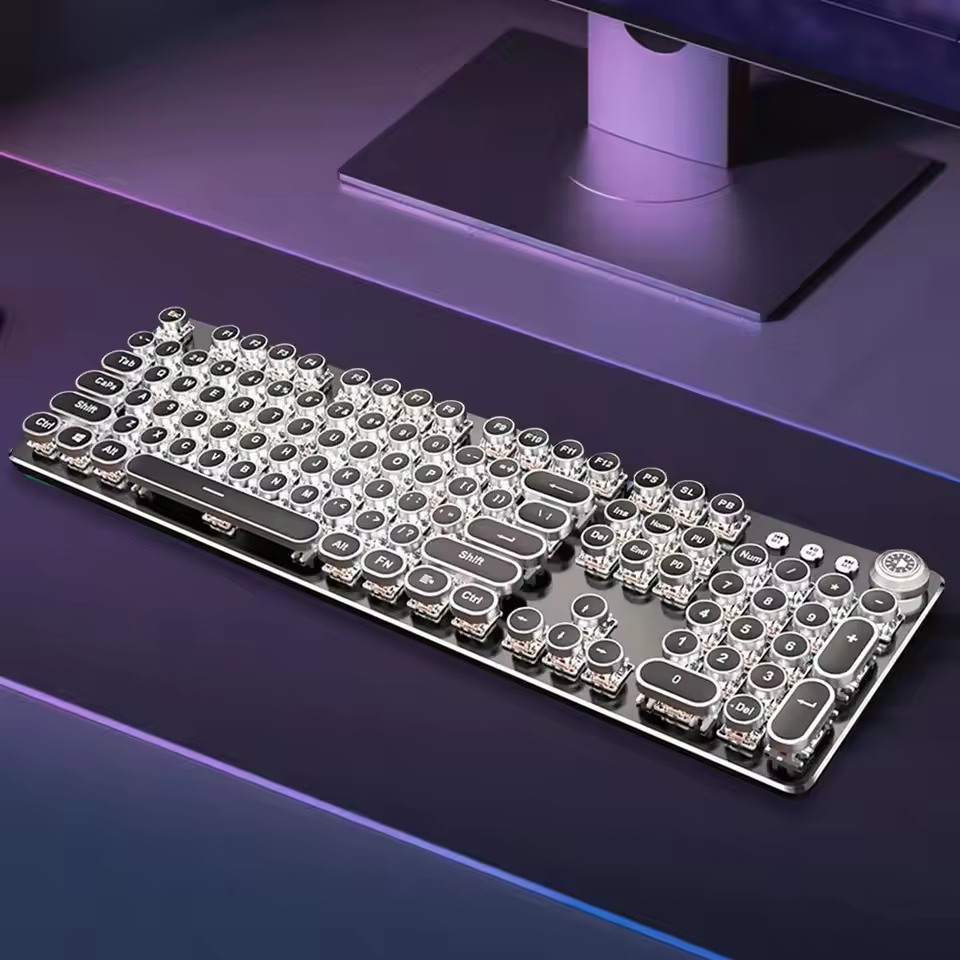
Use Cases and Suitability
Understanding the best use cases for each keyboard type helps in making the ideal choice.
Best Scenarios for Membrane Keyboards
Membrane keyboards are suitable for tasks requiring affordability and quieter operation. Here are some scenarios:
- General Office Work: Their lightweight design makes them perfect for basic typing and office tasks.
- Casual Computer Use: Ideal for occasional web browsing, emails, and non-intensive activities.
- Budget Buyers: Cost-conscious users benefit from the lower price of membrane keyboard.
- Quiet Environments: They reduce noise, making them ideal for shared workspaces or library use.
- Compact Spaces: The slim design fits small desks and tight work areas.
Membrane keyboards excel in everyday tasks and environments requiring low noise levels.
Optimal Uses for Mechanical Keyboards
Mechanical keyboards are better suited for precision and heavy use. Here’s when they shine:
- Gaming Enthusiasts: Gamers value precise input, fast response, and customizable keys.
- Intense Typing: Writers, coders, and typists benefit from tactile feedback and durability.
- Long-Term Use: Their extended lifespan makes them a long-term investment for heavy users.
- Customizability Fans: Switches and keycaps can be swapped for a personalized experience.
- Professional Setups: High-performance keyboard features are ideal for advanced users.
Mechanical keyboards are reliable for demanding tasks and users needing customization and durability.
Pros and Cons of Each Type
Advantages of Membrane Keyboards
Membrane keyboards offer several benefits:
- Affordability: These keyboards are budget-friendly, making them accessible to more users.
- Quiet Operation: The soft key presses produce minimal noise, ideal for quiet environments.
- Lightweight Design: Slim and compact, membrane keyboards are easy to carry and store.
- Ease of Use: Straightforward design makes them suitable for casual or non-tech-savvy users.
- Basic Functionality: Perfect for everyday tasks like browsing, emails, and simple typing.
Disadvantages of Membrane Keyboards
Despite their benefits, membrane keyboards have some downsides:
- Limited Durability: Rubber domes wear out faster, reducing lifespan compared to mechanical keyboards.
- Less Precision: Full key pressing is required, which can affect accuracy and speed.
- Lower Customization: Keycaps and features are not easily modifiable.
- Reduced Typing Feedback: The absence of tactile feedback makes typing less satisfying for some users.
Pros of Mechanical Keyboards
Mechanical keyboards stand out due to these advantages:
- Durability: They can withstand 50 to 100 million key presses, ideal for heavy use.
- Tactile Feedback: Each keystroke feels responsive, enhancing typing comfort and speed.
- Customizable Designs: Switches, keycaps, and layouts can be swapped for a personalized experience.
- High Precision: Key activation doesn’t require full pressing, allowing quick and accurate input.
- Long-Term Investment: Their robust build ensures reliable performance over many years.
Cons of Mechanical Keyboards
Mechanical keyboards also have some drawbacks to consider:
- Higher Cost: Their premium components make them pricier than membrane keyboard.
- Noisier Operation: Tactile switches often produce loud clicking sounds, less suitable for quiet spaces.
- Bulky Design: Mechanical keyboards are typically larger and heavier, requiring more desk space.
- Learning Curve: Beginners may need time to get accustomed to tactile switches.
Understanding these pros and cons helps users select the keyboard best suited for their needs.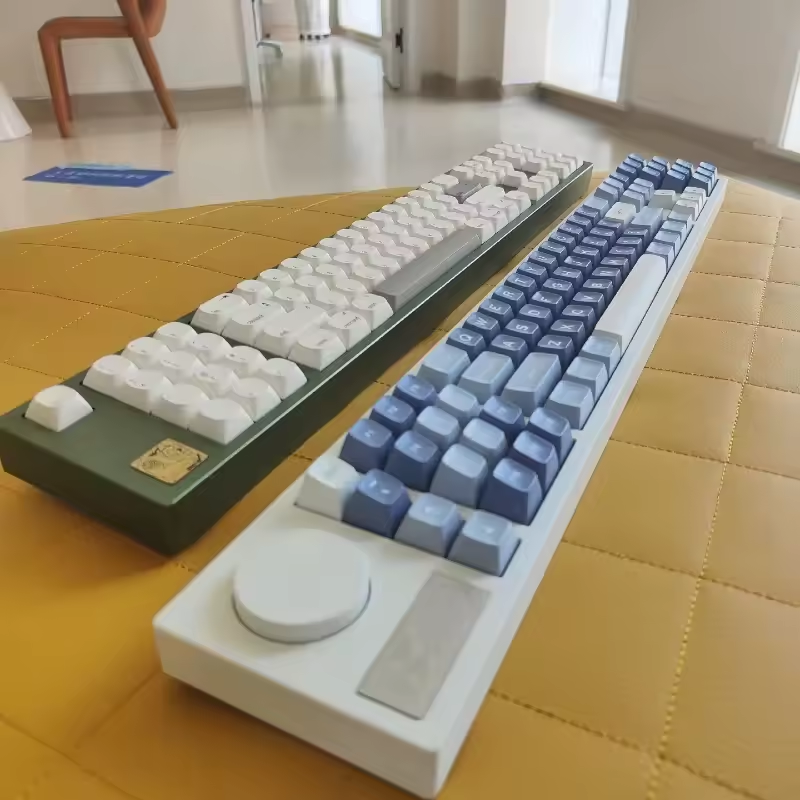
Conclusion: Choosing the Right Keyboard for Your Needs
Selecting the right keyboard depends on your specific needs and preferences. Membrane keyboards and mechanical keyboards serve different purposes, and understanding their strengths helps in making an informed choice.
Factors to Consider
- Typing Experience: Choose membrane keyboard for quiet typing. Opt for mechanical keyboards for tactile feedback and precision.
- Durability: Pick mechanical keyboards for long-term use. Membrane keyboards work well for occasional tasks.
- Cost: If budget matters, membrane keyboards are more affordable. Mechanical keyboards are pricey but durable.
Best Fit for Different Users
- Casual Users: Membrane keyboards suit basic office work and casual browsing.
- Gamers and Typists: Mechanical keyboards provide customized setups and reliable performance for intensive use.
- Shared Workspaces: Membrane keyboards ensure quiet operation in noise-sensitive areas.
- Professionals: Mechanical keyboards enhance productivity for dedicated tasks like programming and writing.
Final Thoughts
Choose according to your priorities like cost, longevity, or typing feel. For regular use, invest in quality options that offer comfort and meet your requirements. The right keyboard boosts productivity and enhances your overall computing experience.